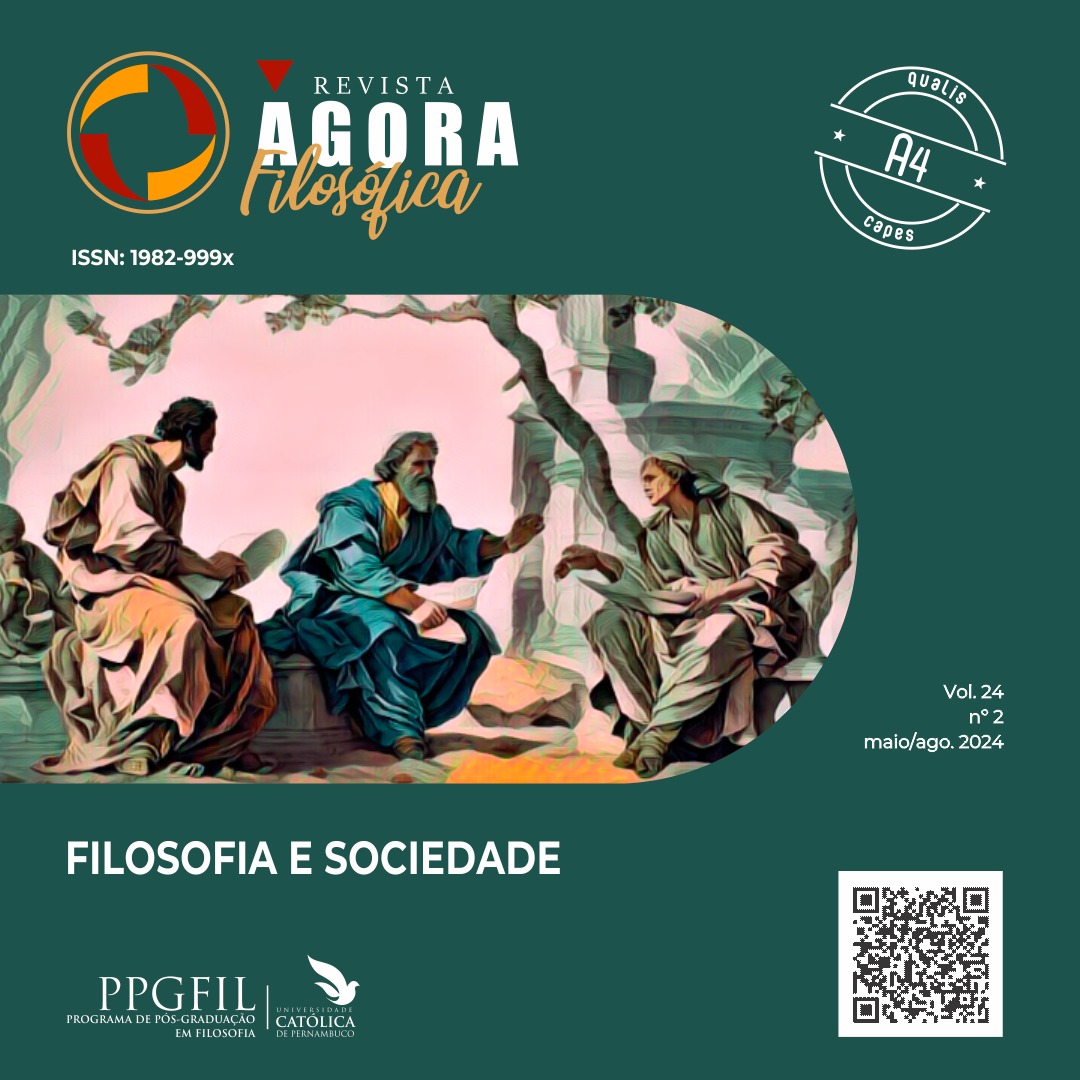Cultural and artistic dimension of Bantu languages in higher education inAngola
DOI:
https://doi.org/10.25247/P1982-999X.2024.v24n2.p115-126Keywords:
Bantu languages, Linguistic Community, Linguistic Rights, violationAbstract
This text addresses the Cultural and Artistic Dimension of Bantu Languages in Higher Education in Angola. The Bantu languages are the only means of expressing art in Angola. Therefore, there is no art without Angolan languages. In a country where the state imposes the deprivation of the public or private use of local languages as fundamental rights of people, one cannot speak of Angolan art, since only through these languages can the artist express the cultural, political and artistic values of the Peoples of Angola. Bantu languages occupy the last position with a deprecated language dimension. Thus, it is the purpose of this text to analyze the extent to which the Bantu languages of Angola express all the rationality of the people who speak them. This communication is therefore the result of my experiences in courts and schools in rural communities. In courts, I have attended certain trial sessions where the judge who speaks in good Portuguese is not understood by the accused and the witness who speak in any Bantu language. It was found that the large urban centers, considered civilized societies, which dominate the cultured norm and have a considerable number of police, guards in backyards, record more and more different criminal actions in relation to rural communities, where there are no police. These disparate facts are due to the ethical and moral values imbued in the languages of each community.
Downloads
References
BAGNO, M. A Língua de Eulália. Novela Sociolinguística. 15. ed. São Paulo: Contexto, 2006.
BAGNO, M. Preconceito Linguístico: o que é como se Faz. 49. ed. São Paulo: 2007.
BAGNO, M. Gramática Pedagógica do Português Brasileiro. São Paulo: Parábola, 2012.
BAGNO, M. Nada na língua é por acaso: por uma pedagogia da variação linguística. São Paulo: Parábola, 2007.
BAPTISTA, F. P. Por amor à língua portuguesa: ensaio genealógico-filológico, científico-linguístico e pedagógico-didáctico, visando a superação crítica do actual Acordo Ortográfico/1990. Lisboa: Piaget, 2014.
CALVET, L. (2002). Sociolinguística: uma introdução crítica. Tradução: Marcos Marcionilo. São Paulo: Parábola, 2002.
CAMACHO, R. Sociolinguística: parte II. In: MUSSALIM, F.; BENTES, A. C. (org.). Introdução à linguística: domínios e fronteiras. v. 1. São Paulo: Cortez, 2001.
DAVID, R. Colonizados e colonizadores. 1. ed. Luanda: Grecima, 2014.
FARACO, C. A. Linguística histórica: uma introdução ao estudo da história das línguas. São Paulo: Parábola, 2005.
FERNANDES, J.; ZAVONI, N. Angola: povos e línguas. Editorial Nzila, Lda, Luanda: Editorial Nzila, Lda, 2002. (Colecção Ensaio/Línguas e Culturas,)
GUY, G. As comunidades de fala: fronteiras internas e externas. In: II Congresso Internacional da ABRALIN, Fortaleza, março de 2001. Anais... Disponível em: http://sw.npd.ufc.br/abralin/anais_con2int_conf02.pdf.
GUY, G.; Zilles, A. Sociolinguística quantitativa: instrumental de análise. São Paulo: Parábola, 2007.
HORA, D. (org.). Estudos sociolinguísticos: perfil de uma comunidade. João Pessoa: Pallotti, 2004.
IILP/AULP. Interpretação da língua e culturas de/em língua portuguesa na CPLP. 1. ed. 2010.
ILARI, R.; BASSO, R. O português da gente: a língua que estudamos e a língua que falamos. São Paulo: Contexto, 2006.
LOPES, A.J. A batalha das línguas: perspectivas sobre linguística aplicada em Moçambique. Luanda: Editora das Letras, 2013.
MARIANI, B. S. C. A. Língua como questão nos primórdios da história da colonização africana: a Crónica da Guiné, de G. E. de Zurara. Gragoatá. Revista do Instituto de Letras da UFF, Niterói, 2005.
ONU. Declaração sobre os Direitos das Pessoas Pertencentes a Minorias Nacionais ou Étnicas, Religiosas e Linguísticas. 1992. Gabinete de Documentação e Direito Comparado. Disponível em:
http://direitoshumanos.gddc.pt/3_2/IIIPAG3_2_10.htm. Acesso em: 8 jul. 2022.
ONU. Declaração Universal dos Direitos Humanos. Representação da Unesco no Brasil. 1998. Disponível em:
http://unesdoc.unesco.org/images/0013/001394/139423por.pdf. Acesso em: 08 ago. 2022.
SALUM, M. H. L: África: culturas e sociedades. Disponível em: Htt://www.africana.usd.br/codiaos/textos didacticos/002/africa culturas e sociedades. Html. Acesso em: 14 set. 2022.
UNESCO. Constituição da Organização das Nações Unidas para a Educação, a Ciência e a Cultura. Representação da Unesco no Brasil. 1945. Disponível em: http://unesdoc.unesco.org/images/0014/001472/147273por.pdf. Acesso em: 13 mar. 2022.
UNESCO. Declaração Universal dos Direitos Linguísticos. 1996. Disponível em:http://www.dhnet.org.br/direitos/deconu/a_pdf/dec_universal_direitos_linguisticos.pdf. Acesso em: 8 jul. 2022.
Downloads
Published
Issue
Section
License
Copyright (c) 2024 Francisco Jacucha Kimbanda, Luis Manuel Faria Van-Dúnem

This work is licensed under a Creative Commons Attribution 4.0 International License.
You are free to:
- Share — copy and redistribute the material in any medium or format for any purpose, even commercially.
- Adapt — remix, transform, and build upon the material for any purpose, even commercially.
- The licensor cannot revoke these freedoms as long as you follow the license terms.
Under the following terms:
- Attribution — You must give appropriate credit , provide a link to the license, and indicate if changes were made . You may do so in any reasonable manner, but not in any way that suggests the licensor endorses you or your use.
- No additional restrictions — You may not apply legal terms or technological measures that legally restrict others from doing anything the license permits.
Notices:
You do not have to comply with the license for elements of the material in the public domain or where your use is permitted by an applicable exception or limitation .
No warranties are given. The license may not give you all of the permissions necessary for your intended use. For example, other rights such as publicity, privacy, or moral rights may limit how you use the material.
















